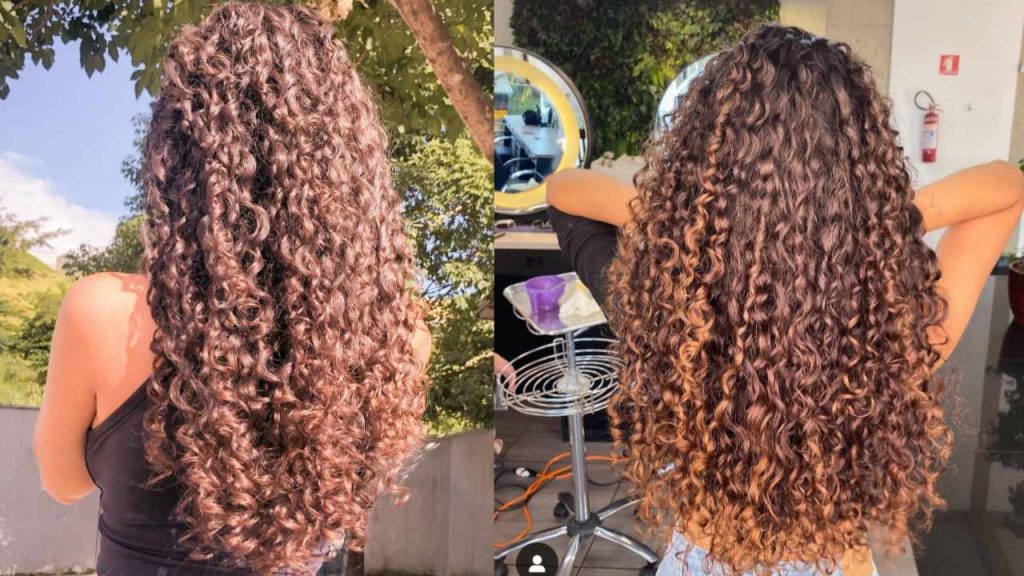Hey there, beautiful souls! 👋
I am a women with long, straight, black locks that have been my crowning glory for as long as I can remember. I’ve always been on the lookout for the perfect hair care routine to keep my mane healthy, shiny, and vibrant. One crucial element of this routine is choosing the right hair oil. Choosing the right hair oil for your specific hair problems involves understanding your hair type, texture, and the issues you’re trying to address. Here’s a detailed guide to help you make the right choice:

1. Identify Your Hair Type:
-
- Straight, Wavy, or Curly: Different hair types have varying needs. For instance, curly hair tends to be drier and benefits from more hydrating oils.
- Fine or Thick: Fine hair may get weighed down by heavy oils, while thicker hair may need more substantial moisturization.
2. Determine Your Hair Porosity:
-
- Low Porosity: This hair type repels moisture, so lighter oils like argan or grapeseed are beneficial.
- High Porosity: Hair with high porosity absorbs moisture quickly but loses it just as fast. Heavier oils like coconut or olive oil can help lock in moisture.
3. Research the Properties of Various Oils:
Different oils have unique properties that cater to specific hair issues. Here are some common hair oils and their benefits:
- Coconut Oil: Great for moisturizing and reducing protein loss.
- Argan Oil: Adds shine and tames frizz.
- Jojoba Oil: Mimics the natural oils of the scalp, suitable for all hair types.
- Olive Oil: Moisturizes and adds softness.
- Almond Oil: Nourishes and strengthens hair.
- Castor Oil: Promotes hair growth and thickness.
4. Consider the Season:
Climate can affect your hair’s needs. For instance, in dry and cold weather, heavier oils like olive or coconut can provide extra moisture. In humid conditions, lighter oils like argan or jojoba are preferable.
5. Check for Allergies:
Ensure that you are not allergic to any of the ingredients in the chosen oil. Perform a patch test before applying it to your scalp to avoid any adverse reactions.
6. Read Reviews:
Research and read reviews about the hair oil you’re considering. Real experiences from people with similar hair concerns can provide valuable insights.
7. Combination of Oils:
Consider combining different oils to create a custom blend that addresses multiple hair issues simultaneously. For example, mixing coconut oil with a few drops of tea tree oil can combat dandruff.
8. Frequency of Use:
Determine how often you want to apply the oil. Some oils can be used daily, while others are better suited for weekly treatments.
9. Application Method:
The way you apply the oil matters. Ensure that you distribute it evenly from roots to ends and massage it into your scalp for better absorption.
Remember, individual preferences play a crucial role in choosing the right hair oil. Experimenting with different oils and observing how your hair responds will help you find the perfect match.
How to Apply :
Once you’ve selected the right oil for your hair concerns, the application is key. Remember to warm the oil slightly before applying and distribute it evenly from roots to tips. For an added boost, you can wrap your hair in a warm towel and leave the oil on for a deeper conditioning treatment.








Thanks for these wonderful tips 🙂